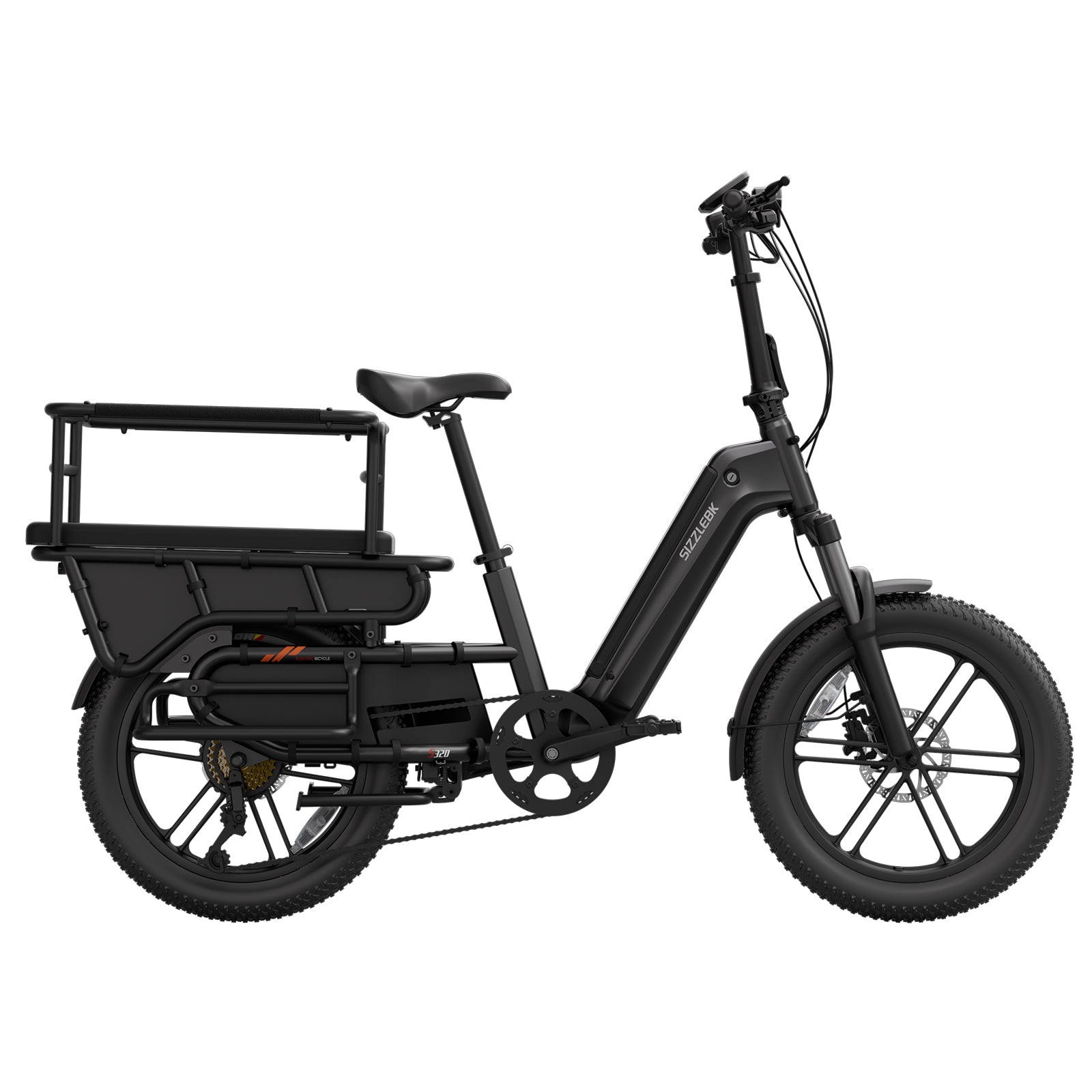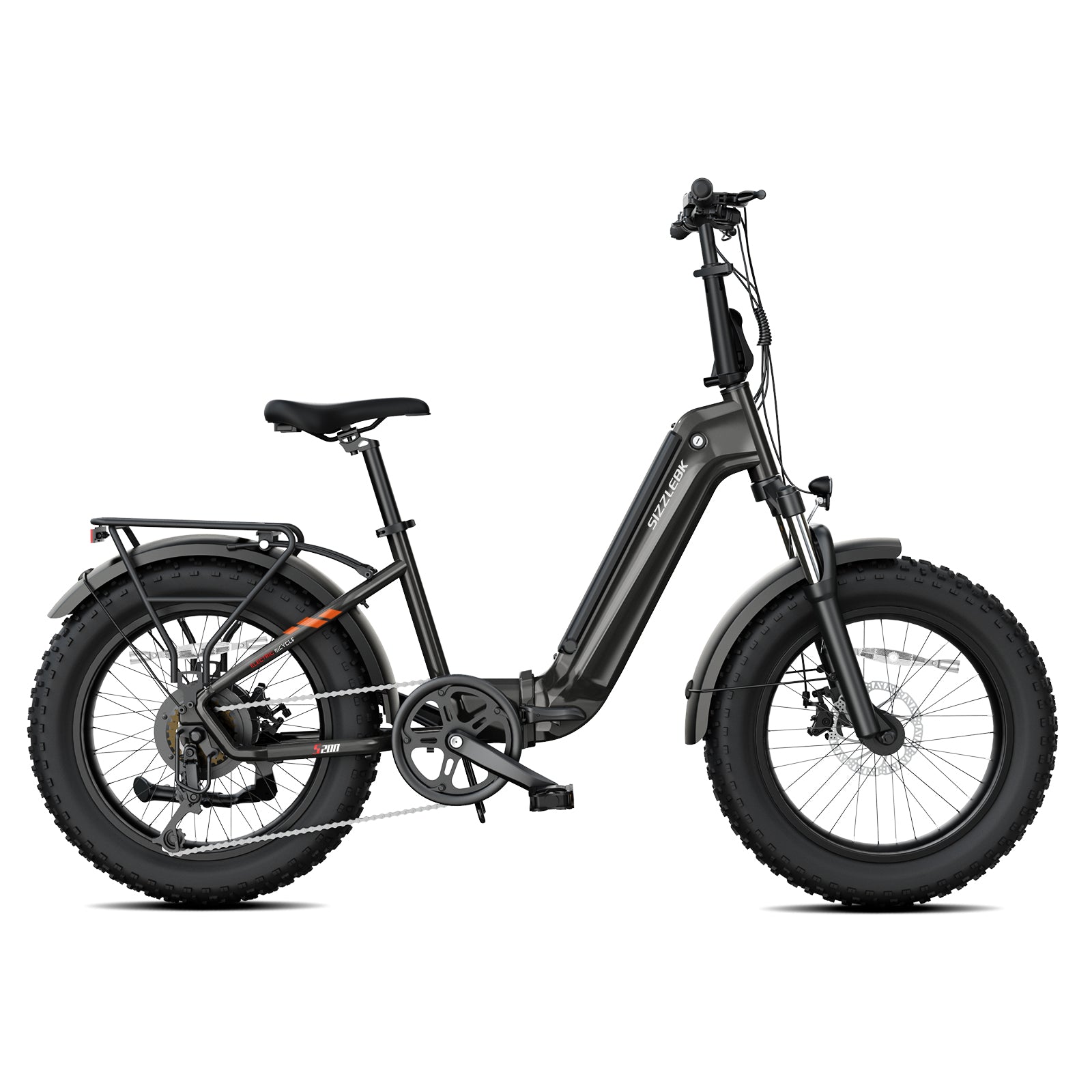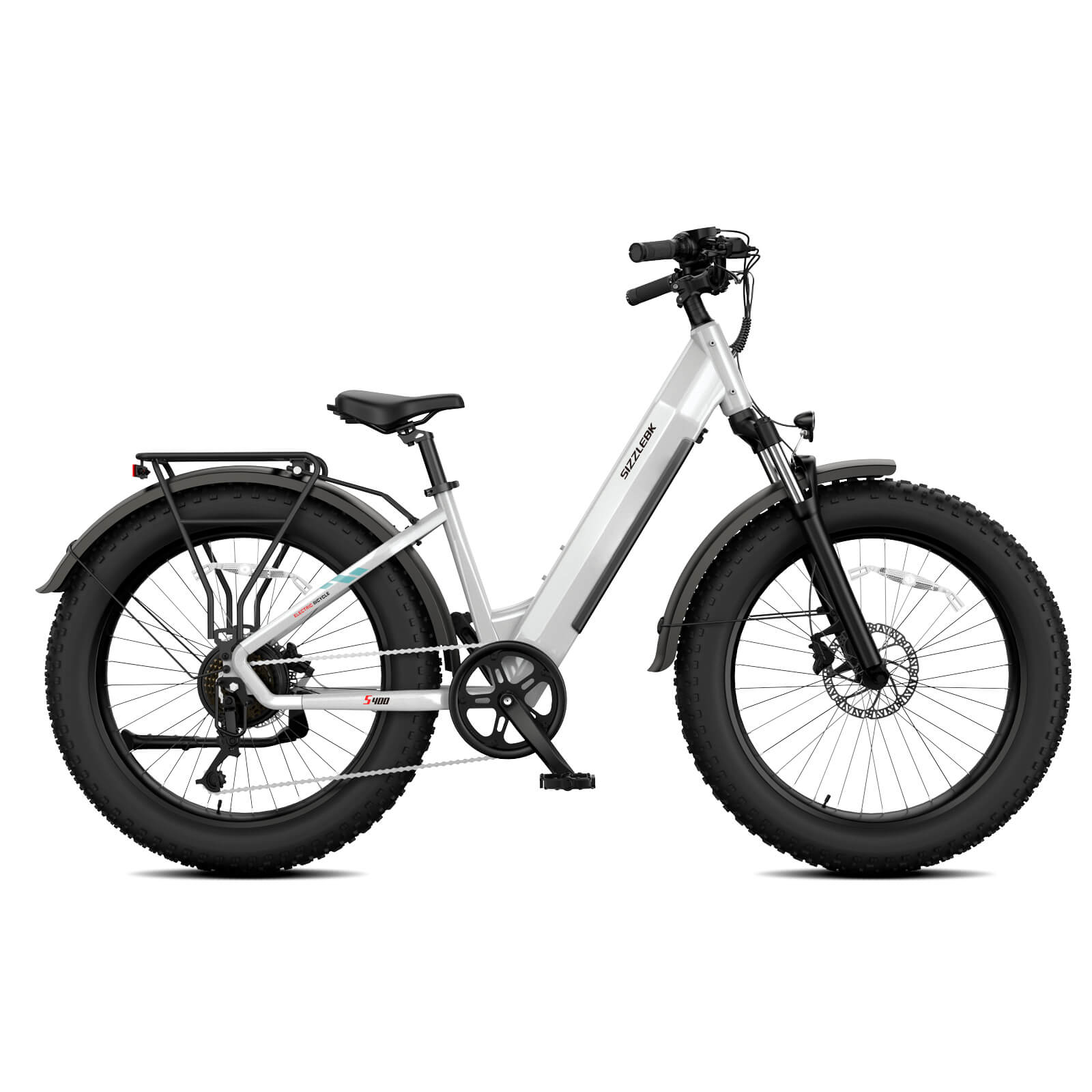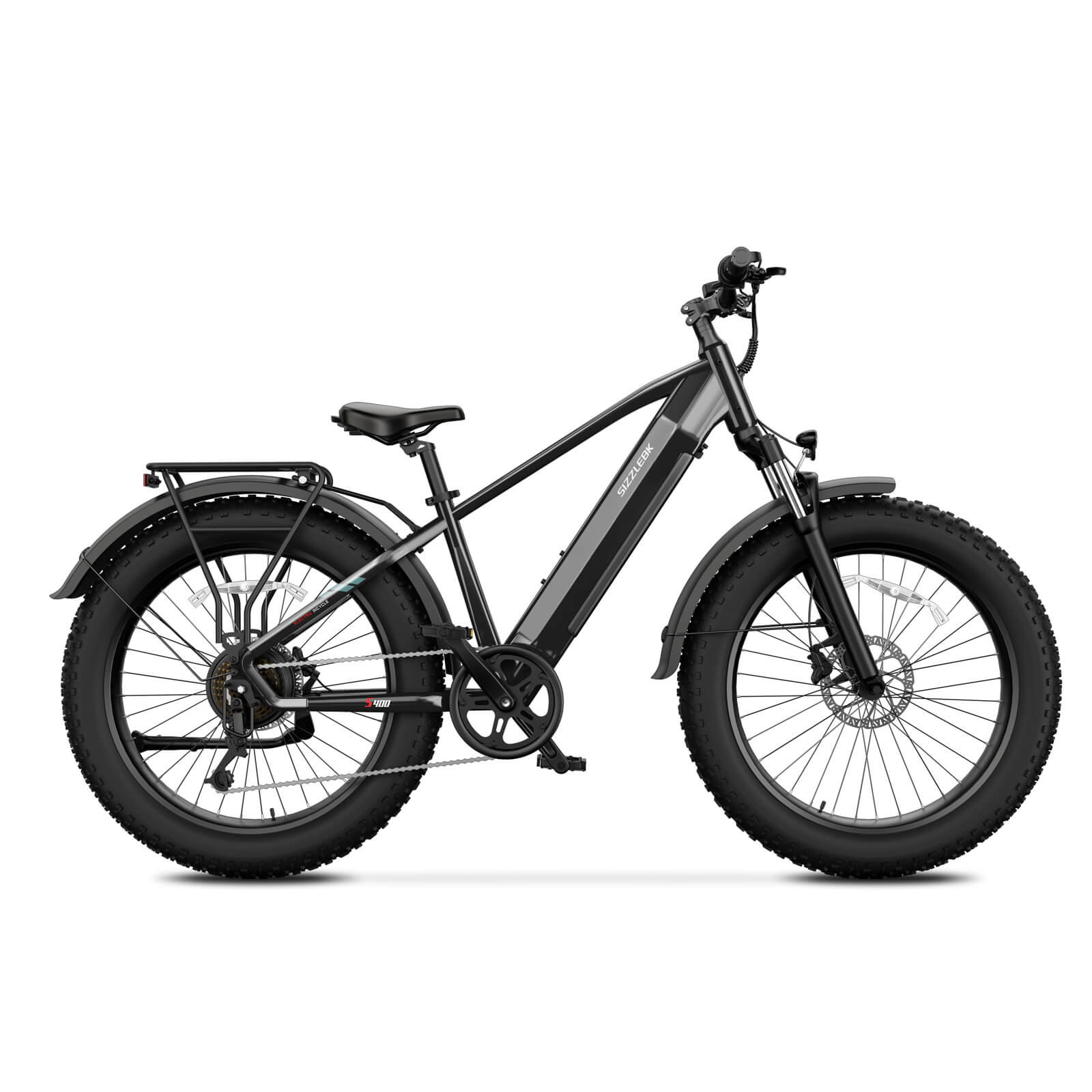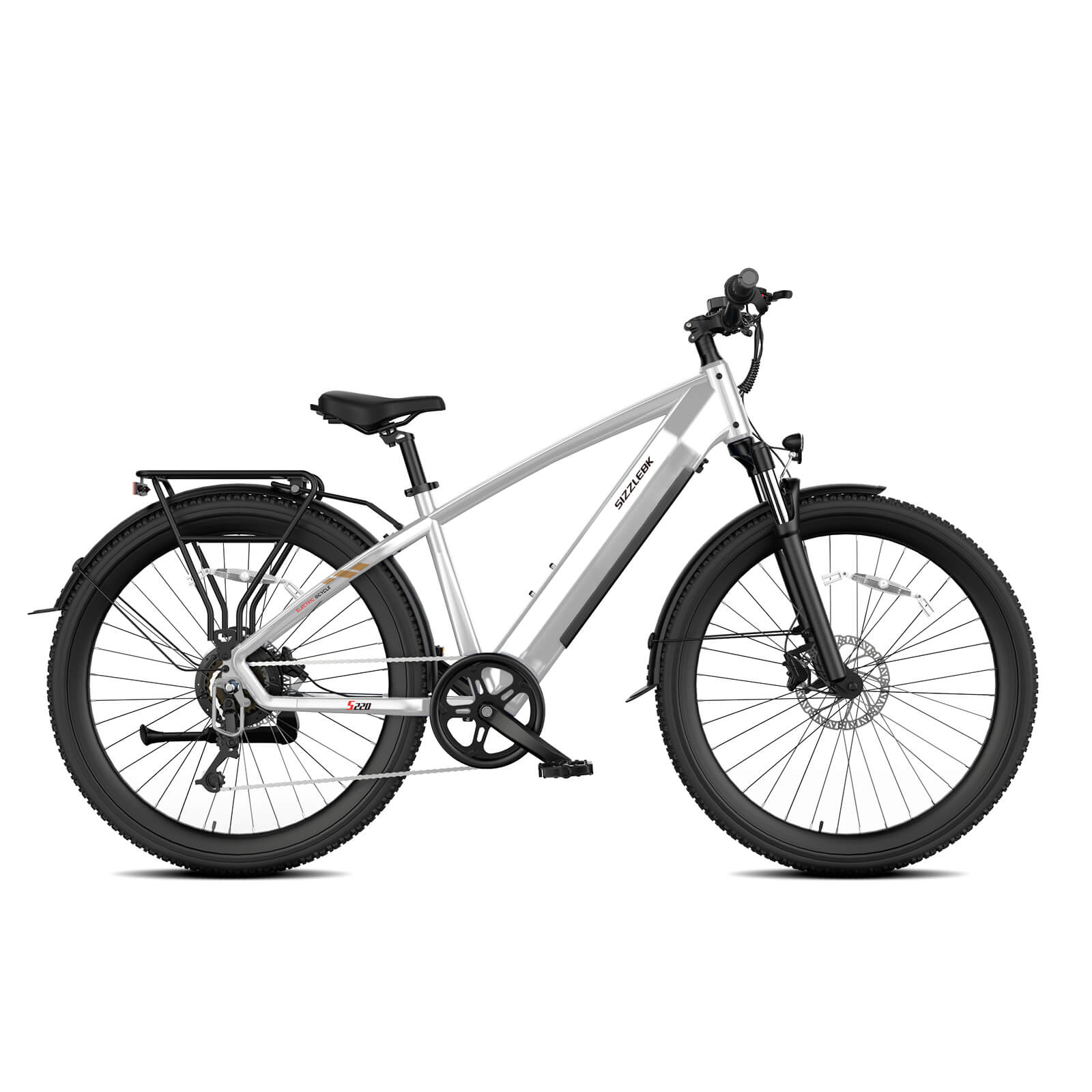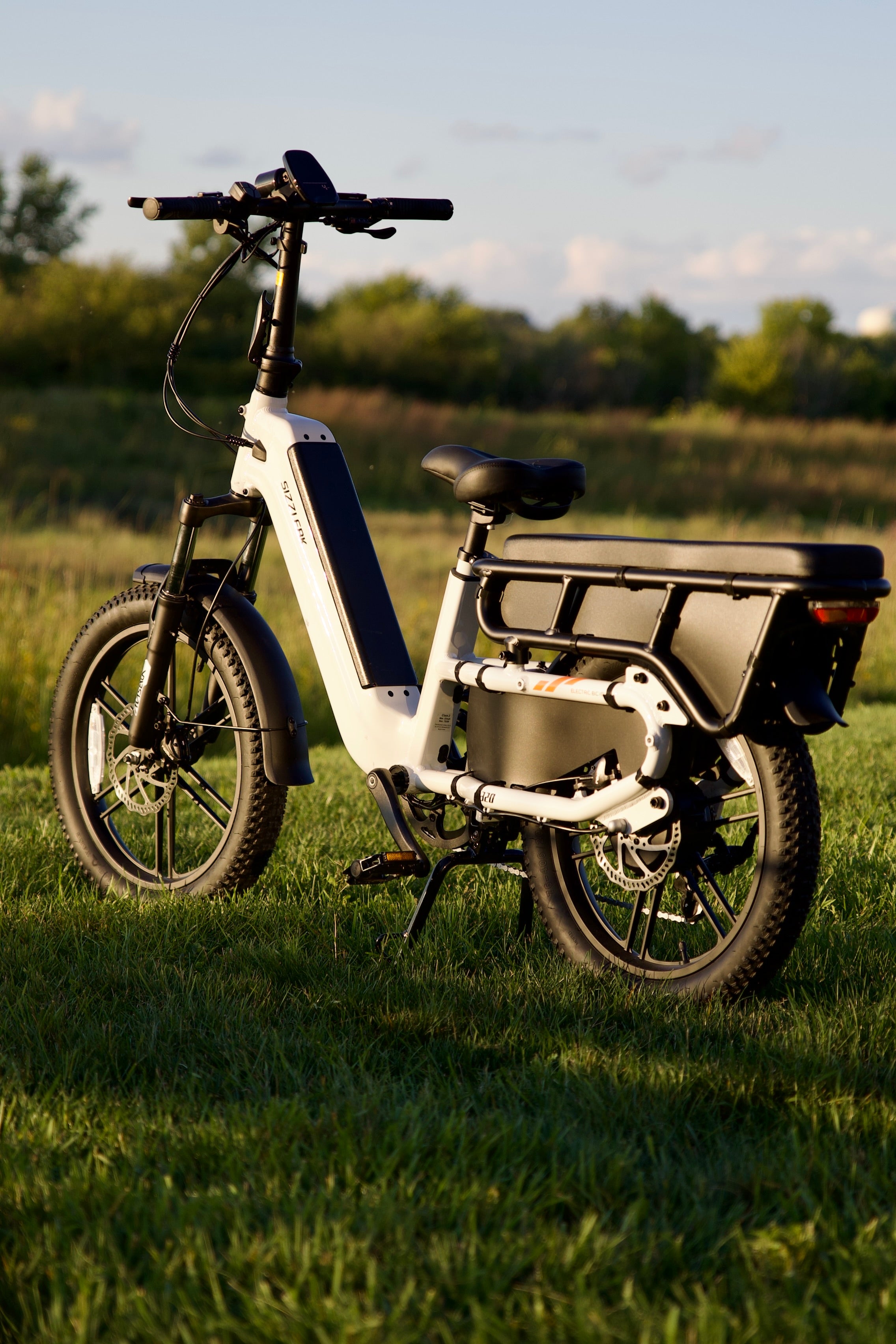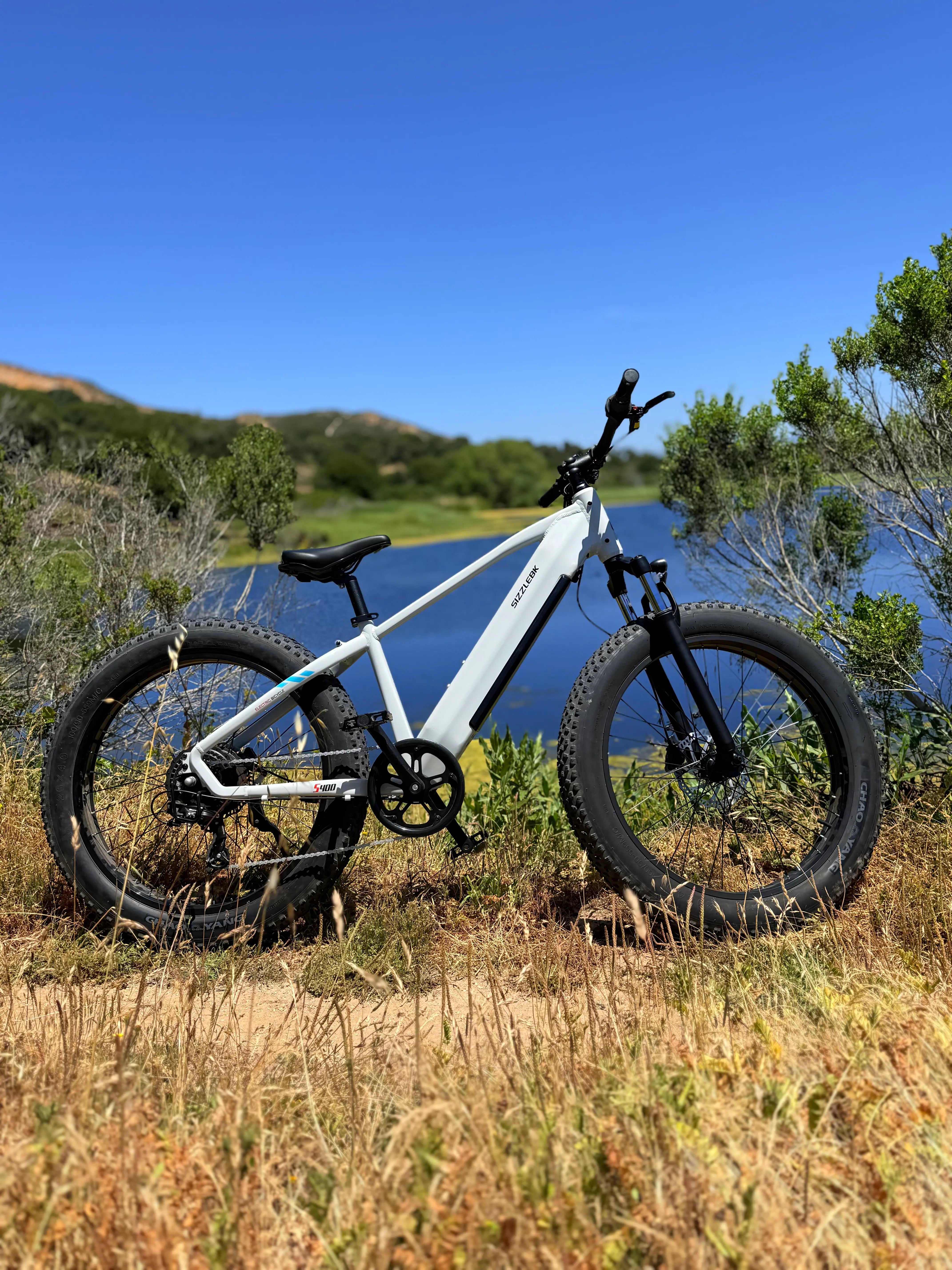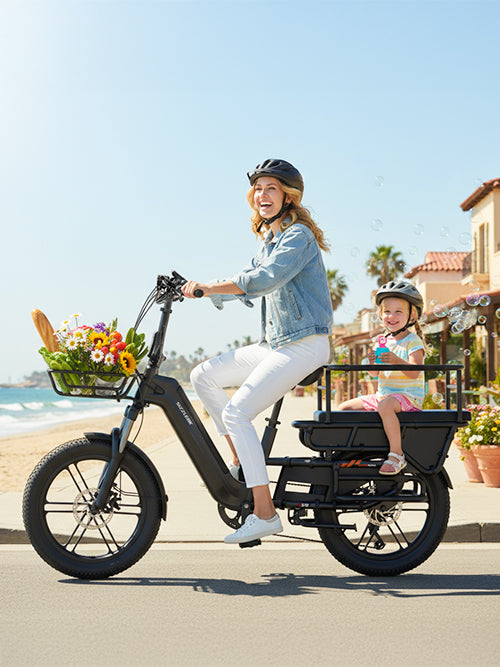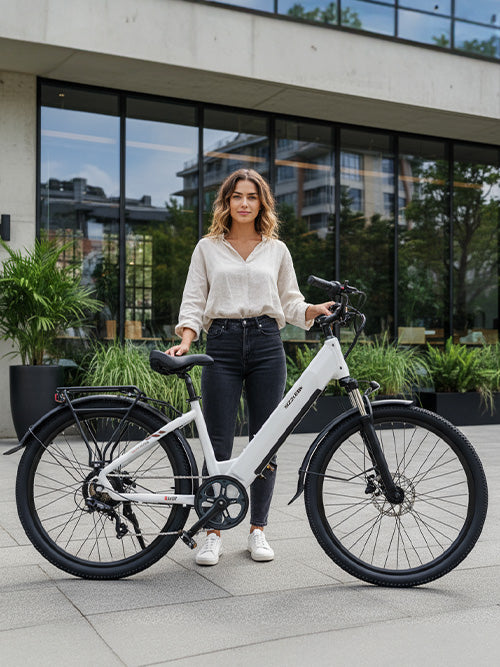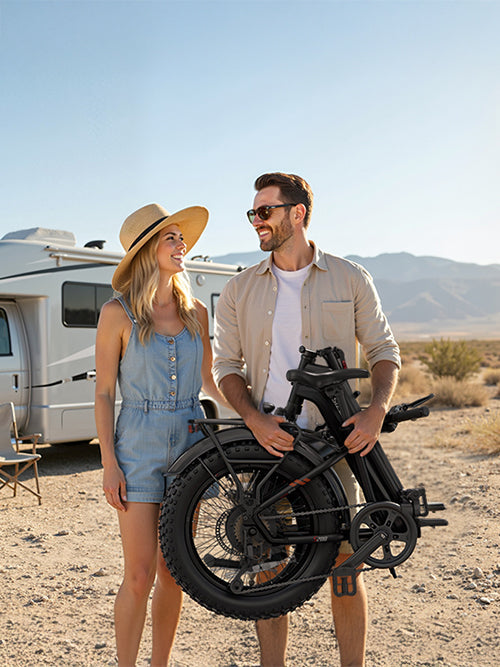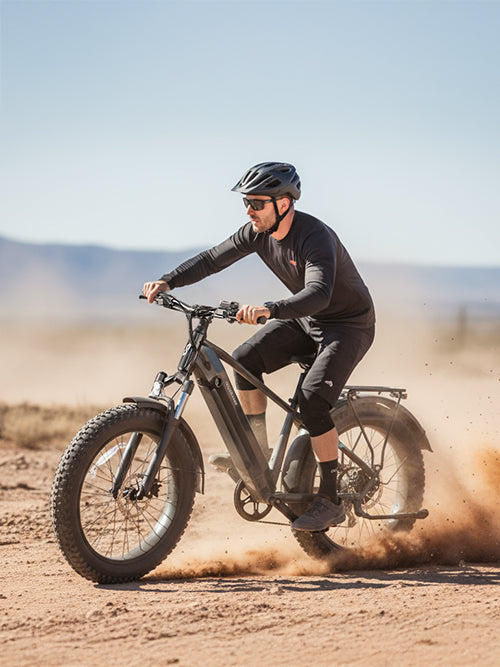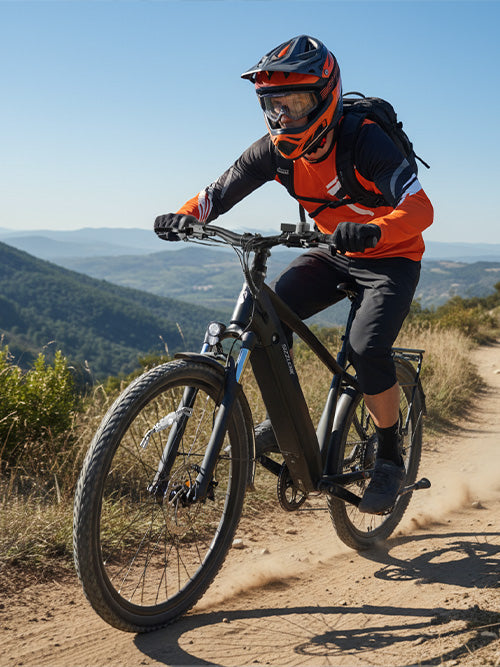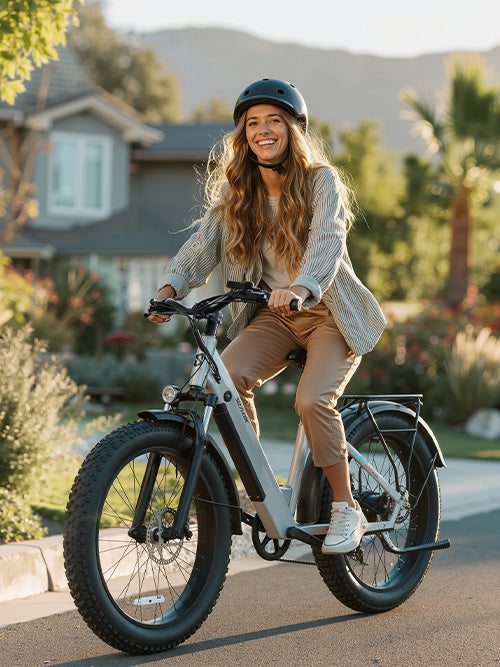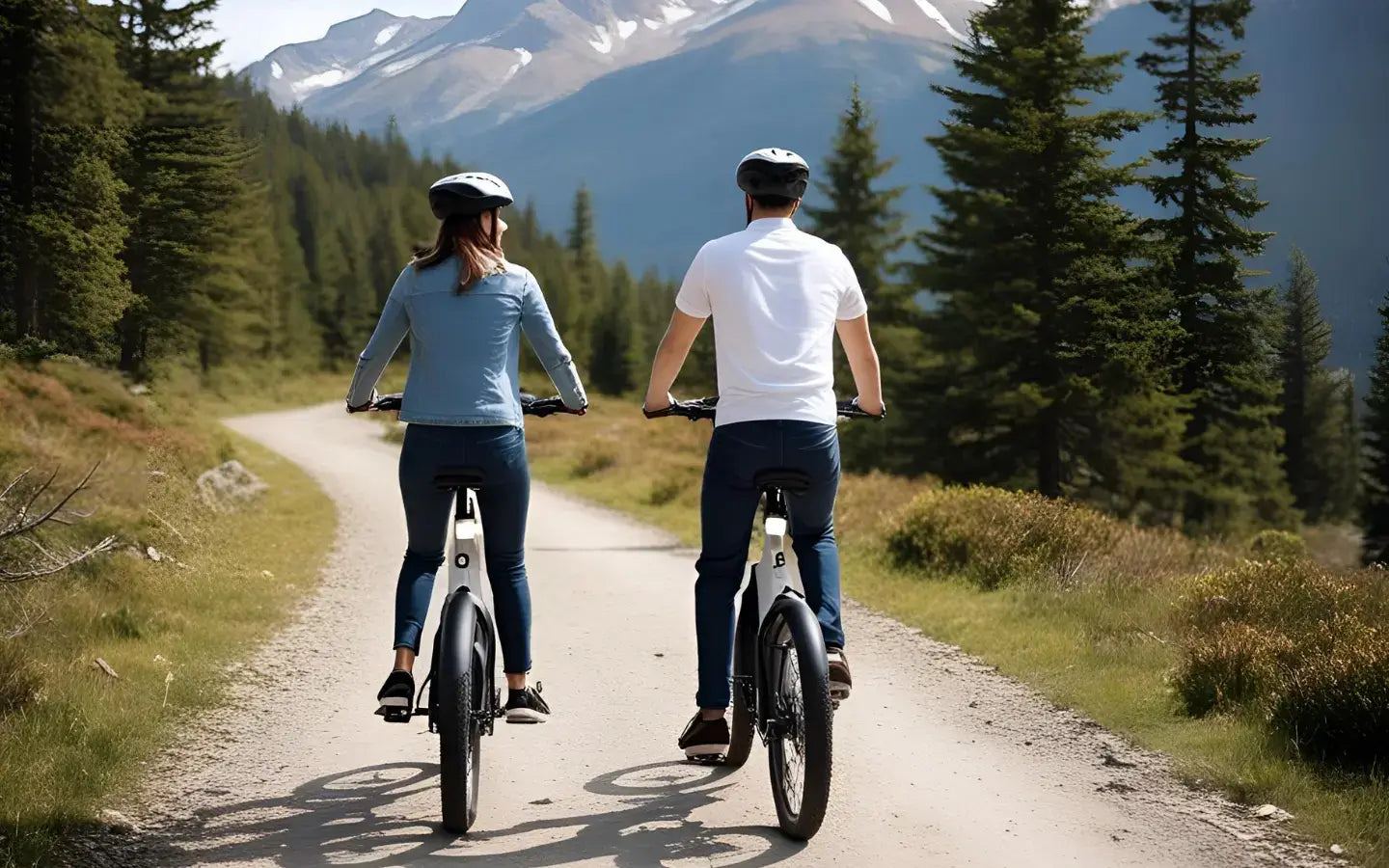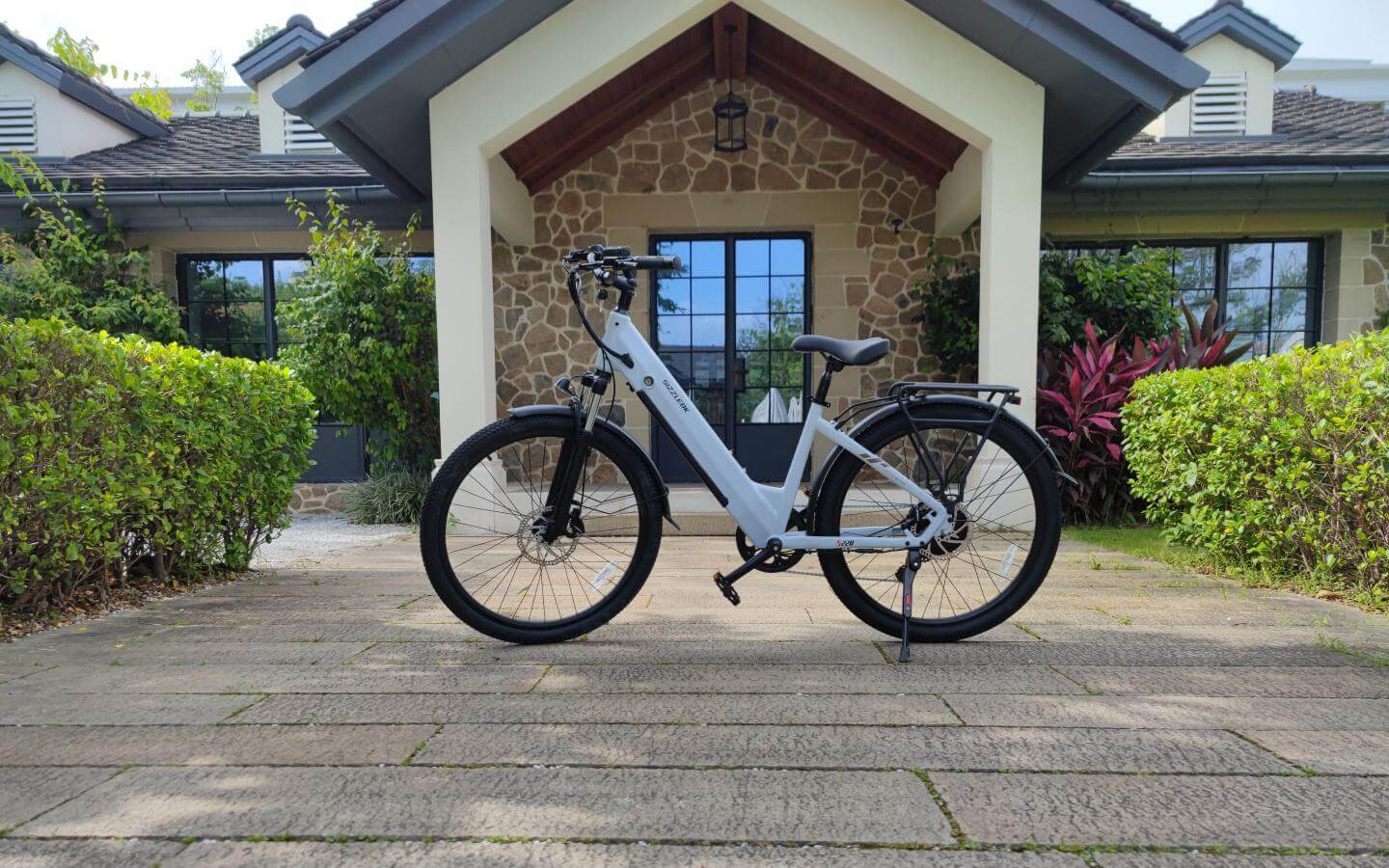As we proceed to 2025, the electric bike market is growing rapidly, especially electric mountain bikes. The electric mountain bike combines the best of both worlds, the ruggedness of a mountain ebike with the versatility of electric powered assistance on virtually any terrain; and, opportunities for more riders to enjoy new and different areas and possibilities!
Why Choose an Electric Mountain Bike?
Electric mountain bikes are designed to ensure that you ride trails, hills, and terrain at your own pace. A performance motor will always ensure you can get closer to a steep hill, a long distance, or save energy and effort at all times. Of course, it is not all about speed and performance—the right mountain ebike will also ensure you have fun on the trails.Key benefits of mountain e-bikes:
1. Superior Climbing Power & Trail Performance
Lightweight electric mountain bikes uniquely handle steep inclines and heavy trails with the motor assistance they provide. That assistance allows riders to traverse uphill sections with ease, ride for longer distances, and tackle tougher terrain, and all of it is more fun because you're on an off-road cycle!
2. Longer Rides With Less Effort
Considering that mountain electric bikes come with long-range batteries and efficient motors, riders can travel further without the physical effort. In addition, on the long rides, the pedal-assist function takes away the physical strain on a long ride so that riders can still enjoy the technical trails or get out on a backcountry path without being burned out before reaching the path end.
3. Accessible for Riders of All Skill Levels
Whether you are a beginner, someone returning to riding as exercise, or someone who is recovering from injury, an electric mountain bike for adults provides access to trail riding capacity. It's the controllable motor support that can be adjusted for every riding level and take as long as one wants to gain confidence and develop ability in a new route that would have been too challenging to ride on a traditional bike.
4. Customizable Workout Intensity
Mountain electric bikes have adjustable levels of pedal assist for riders to customize their ride. Easily switch from high-energy effort pedaling to low resistance cruising, making it easier to balance fitness goals with comfort on longer rides or hills.
5. Modern, Eco-Friendly & Tech-Forward Adventure
Today's mountain ebikes are more environmentally-friendly, smarter, and lighter than ever. By combining improved battery life, more efficient motors, and sustainable design, electric bikes for heavy riders have opened the door to eco-friendly recreation for conscientious riders as well as long-distance riding under varying conditions.
How to Choose the Best Electric Mountain Bike: 5 Critical Factors
1. Motor Type and Placement
The motor is one of the most critical components of electric mountain bikes for adults. There are two common types:
Mid-drive motors: Located near the electric bike’s bottom bracket, these offer better balance and climbing performance. Ideal for steep and technical terrain.
Hub motors: Found in the rear wheel, typically seen in budget-friendly models. Easier to maintain, but less torque.
For mountain biking, mid-drive motors are generally the superior choice.
2. Battery Capacity and Range
Battery capacity is measured in watt-hours. The higher the number, the more power and range you can expect. For trail riding, a 500Wh to 750Wh battery is ideal.
Range considerations:
- Rider weight
- Terrain difficulty
- Assist level (Eco, Trail, Turbo)
- Weather conditions
3. Suspension: Hardtail vs. Full Suspension
Hardtail mountain ebikes have front suspension only. They're lighter, more affordable, and better for moderate trails or cross-country riding.
Full suspension electric mountain bikes absorb bumps from both ends. These are better for aggressive trails, downhill, and technical riding.
If your goal is trail versatility, comfort, and speed over rocky paths, full suspension is worth the upgrade.
4. Frame and Build Quality
Most mountain electric bicycles are made from:
Aluminum alloy: Durable and budget-friendly.
Carbon fiber: Lightweight and strong, found in premium models.
Additionally, look at the geometry for climbing and descending balance—lower center of gravity often means better control.
5. Brakes and Tires
Reliable stopping power is non-negotiable on a mountain ebike. Look for:
Hydraulic disc brakes: Strong, consistent performance in all weather conditions.
Wide knobby tires: For grip and traction on loose or muddy terrain. A good range is 2.4” to 2.8”.
5 Deadly Mistakes New Electric Mountain Bike Owners Make (And How to Avoid )
1. Neglecting Regular Maintenance
A frequent issue people run into is not following a regular maintenance routine. Unlike traditional bikes, electric bikes for adults and mountain electric bicycles have complex motor systems, sensors and batteries and it is necessary to perform routine maintenance on all these parts.When a rider is not consistent in upkeep of their electric mountain bikes components, the chances of getting bad performance out of the motor, not getting enough lifespan out of a battery, or even worse, being in unsafe riding conditions, can significantly increase. If you own an electric mountain bike, develop a maintenance checklist that includes the following: cleaning the drivetrain, checking brake pads, and updating firmware (if applicable).
2. Using Incorrect Tire Pressure on Trails
Tire pressure plays a critical role in your mountain ebike performance—especially on rugged terrain. Too much pressure reduces grip and increases bounce, while too little can cause rim damage or poor control. Always check manufacturer recommendations and adjust based on the terrain type. For off-road riding, slightly lower pressure can improve traction and comfort.
3. Over-Relying on Pedal Assist Features
While motor assist is one of the biggest perks of electric mountain bikes, relying too heavily on it can be a mistake. It may prevent riders from developing essential skills like balance, gear control, and cadence. Overuse also drains the battery faster, limiting your ride time. Use pedal assist wisely—let it support you on climbs, but stay engaged on flats and descents to improve your technique.
4. Choosing the Wrong Frame Size or Geometry
Buying an affordable electric mountain bike with incorrect sizing can lead to discomfort, back pain, and reduced trail control. Unfortunately, many new riders pick based on price or appearance without proper fitting. Always consult a sizing chart or visit a local ebike shop to ensure the frame geometry matches your height and riding style. A well-fitted electric mountain bike improves efficiency and lowers injury risk.
5. Ignoring Local Trail Regulations for mountain ebikes
All trails do not welcome all classes of e-bike. Disregarding rules about Class 1, 2 or 3 mountain electric bikes can lead to fines or a ban from certain routes. Always check access for trails first and ensure your e-MTB complies with local regulations.
Electric mountain bike classes in the U.S. consist of three classes:
Class 1: Pedal-assist only, 20mph max speed
Class 2: Pedal assist + throttle, max speed is 20mph.
Class 3: Pedal assist, max speed is 28mph (these trails may have restrictions).
The Best Mountain Ebike Is the One That Fits You
Whether you’re upgrading your riding gear or whether you are entering the world of electric mountain bikes for the first time, choices are better than ever. Use what you have learned here to research your top options to confidently select the right and best mountain ebike that will enhance your outdoor experiences and provide more fun in your rides. Now is the time to select Sizzlebk electric bikes and hit the trails!
